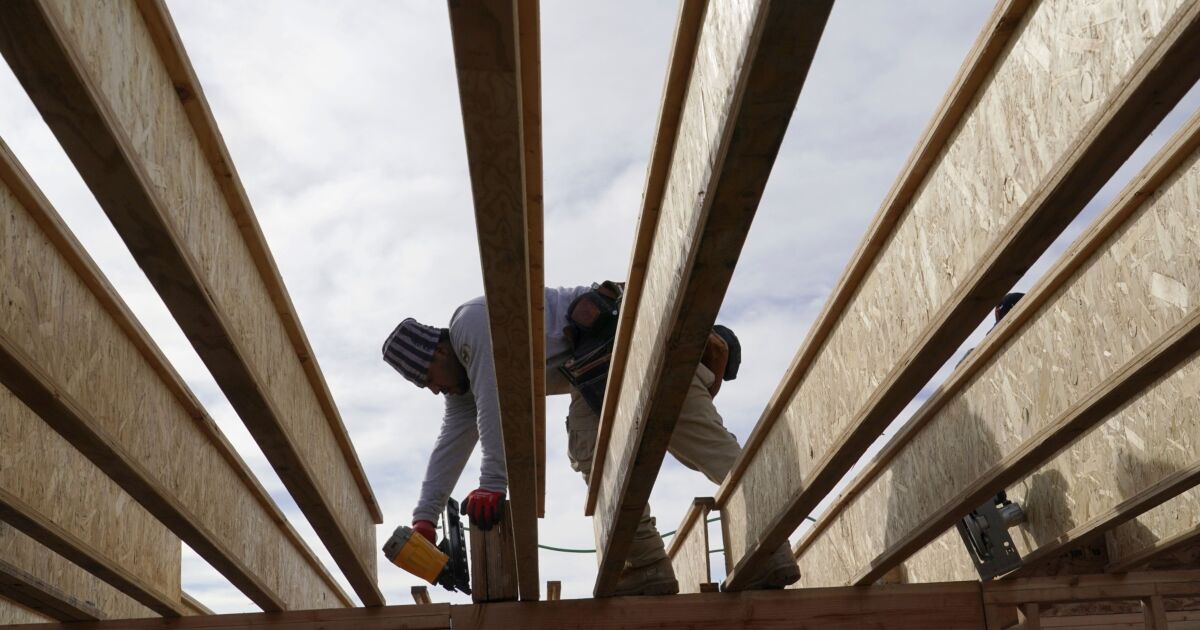What digital tech may help insurers identify property changes

After a year of economic shifts, supply-chain issues, and an acute housing shortage that failed to meet growing consumer demand, homeowners insurers, in general, faced new challenges.
Keeping track of frequent changes to homes has become a complex issue for many insurers. With limited resources and rising customer expectations, many insurers are moving beyond traditional forms of customer outreach – emails, phone calls, and on-site inspections— to obtain the latest underwriting data about the properties in their portfolio. Many are accelerating their digital transformations and looking to advanced analytics, data-first strategies, and virtual technology to help them thrive.
Maintenance and remodeling trends
While insurers may be aware of the growth in home construction activity, it’s important to understand where the biggest changes have occurred and incorporate those insights when determining renewal strategies. To that end, building permits from across the United States can be a powerful data source. According to the latest permit data, home maintenance, including electrical and plumbing work, has experienced steady year-over-year growth. Volume and spending increased 1.33% and 12.41% year over year, respectively.
But homeowners aren’t spending on all types of projects. Remodeling, which includes renovations, additions, and alterations, saw a 5.25% decrease year-over-year. January 2022 marks six consecutive months of year-over-year declines in remodel volumes, according to building permit data. Labor shortages and rising material costs may have contributed to the decline in the year-over-year comparison. Still, despite the slight decrease, remodeling activity is much higher than it was pre-pandemic.
Many insurers are looking for more data on the types of home renovations that are becoming more popular and affecting their portfolios. The most common types of renovations are solar panels, liability hazards like pools, along with bath, kitchen, and addition projects. Overall, between 2017 to 2021, construction permits increased by 20%.
During that time, there was a 123% increase in permits for solar panels, in part due to the technology becoming more common and various local governments offering tax credits for people who use them. There was also a 68% increase in permits for pools, a 26% increase in decking and a 41% increase in secondary structures like pool houses, garages and gazebos, all of which may increase chances of accidents around the home.
The effect on reconstruction costs
All of these changes can have important effects on reconstruction costs, which have increased significantly over the last few years. Because of pandemic-related supply chain issues, certain materials are becoming more difficult to source. Total reconstruction costs rose 7.2% from January 2021 to January 2022.
This is up slightly from October 2020 to October 2021, when costs rose 5.8%. There have been reported shortages of appliances, lumber, including lumber-derived interior trim and other materials. These issues mean construction is often taking longer to complete, and at a more expensive price.
Digital tech for identification and verification
Identifying and verifying these changes on insured properties can be aided by new digital technology.
Virtual inspections: Virtual inspections are a core part of the digital transformation happening in the world of homeowners insurance. Technology is improving rapidly, and homeowners are more willing than ever to engage virtually. As people make changes to their homes, virtual inspections can help insurers quickly identify and verify critical property details, including liability hazards on the premises.
Change detection: Insurers can use deep data and analytics from a variety of verified sources to help capture the home’s shifting risk profile. Whether those changes involve maintenance, renovations, or new ownership, proactive monitoring can help insurers protect their profitability and capture more accurate premiums.
The unfolding journey for many homeowners insurers
As we continue to navigate through 2022, it is important to recognize that risks are expected to continue to evolve. Insurers may need to consider how to grapple with new underwriting concerns as a result:
How can I proactively capture the changes that may occur on a property, including renovations, maintenance and other developments?Am I collecting a premium that reflects the changing risk profile?How might rising mortgages and inflation affect the housing market, and when might we see some of these supply-chain issues ease?
Risks may look different from the way they did a few years ago, due to emerging green tech and new uses for homes. Insurers need access to an ecosystem of data to get a comprehensive view of property risk.
Robust replacement cost data based on real-world claims, information from building permits, and virtual technology are part of a new world of emerging digital breakthroughs that can help insurers better serve their customers in this rapidly changing marketplace.







